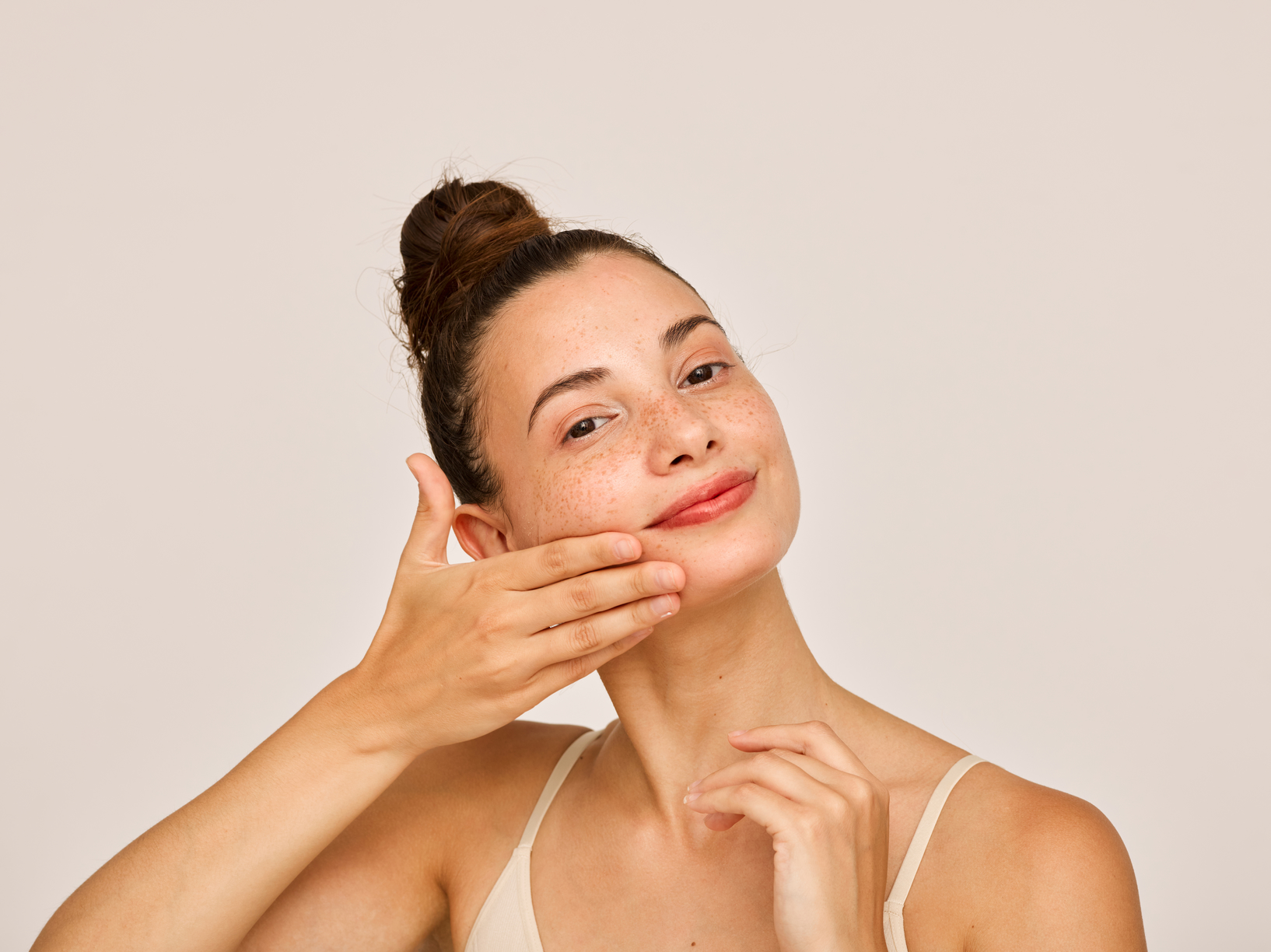Your face is often your first chance to make an impression. You’ll look and feel your best when taking good care of your skin — and there’s no shortage of products to treat, protect, and nourish it. It’s a good problem to have, but it can still be tough to figure out precisely what your skin needs.
If you’re putting together a healthy skincare routine, look no further. We’ve got your guide to understanding which products offer which benefits and how to use them to get the best effect.
What’s skin serum?
A serum is a light, water-based solution that contains ingredients that can help treat your skin. Serums come in many types, and you might want to layer multiple serums for your best skincare routine.
- Moisturizing. Ingredients like hyaluronic acid can help hold water and keep skin plump and hydrated.
- Anti-aging. Retinol, a vitamin A compound, is a powerful ingredient to help reduce fine lines and correct the effects of sun damage.
- Correcting. Ingredients like Vitamin C or glycolic acid can help with skin concerns, like hyperpigmentation.
- Brightening. Antioxidant serums can help improve the appearance of your skin, add moisture, and fight back against some of the damage from air pollution.
Serums absorb quickly, making them a great way to get skin-boosting ingredients deep into your skin for the ultimate benefits. One caution to note is that some ingredients, like retinol, can cause skin sensitivity, so use as directed and be mindful of any side effects or reactions.
What’s face oil?
Face oils are made with natural or synthetic oils. They can provide a number of benefits to your skin, including cleansing and moisturizing.
Cleansing oils can effectively remove hard-to-get makeup residue that’s also oil-based or even remove excess skin oils. Oil and water naturally repel each other, so it can be tough for a water-based cleanser to get stubborn oil-based makeup. A cleansing face oil helps emulsify, or mix in, the excess oil and fine particles, so they lift from your skin.
Face oil can also be moisturizing. It supplements your natural skin oils to create a fine barrier that prevents too much water from leaving your skin. Be mindful of your skin type and which face oil you choose because many oils can create an excessive barrier and clog pores (hello, breakouts). Look for products labeled noncomedogenic to get rich moisture and help avoid pimples.
What’s moisturizer?
Hydrated skin is happy skin. Your skin is the first line of defense for your body and has to deal with elements, pollutants, and irritants all day long. The more balanced and hydrated your skin is, the more likely it is to stay supple and strong.
Moisturizers help add and seal in moisture for your skin. They’re usually somewhat thicker and creamier than a serum. That’s because a serum’s job is to penetrate deeply as fast as possible, while moisturizers generally work at the surface throughout the day to help combat the effects of dry air.
Which products are best for your skin?
You can probably benefit from multiple skin products to put on your best face. Even if two products have some overlapping benefits, like a moisturizing serum and a face moisturizer, you might still need both because they’re formulated differently in terms of how they penetrate and deliver active ingredients.
You can build a skin routine tailored to your specific needs, which may change depending on the season and the issues you’re targeting. Your summer skin may need a lighter moisturizer than in the cold, dry winter months, and you and your best friend may swear by different serums if you’re focused on anti-aging while they’re focused on minimizing pores.
It’s also important to pay attention to which products aren’t suitable for your skin. Heavy moisturizers or face oil might not be the best fit if you’re treating breakouts. A dermatologist can recommend moisturizers to keep your skin from getting thirsty without clogging pores.
Certain skin ingredients don’t mix well, so separate them in your skin routine. For example, retinol shouldn’t be combined with benzoyl peroxide or vitamin C because they can be too drying or irritating together.
How to layer face products
You can get the best benefits from your skin regimen by choosing the right order for your products. A good rule of thumb is to order your skin routine as follows:
- Remove makeup. Your skin products won’t work effectively if there’s a makeup barrier in the way.
- Cleanse. Starting with a fresh palette is essential. A good cleanser can get rid of excess oil, dirt, and other impurities your skin may collect.
- Treat. Serums come next because they absorb fast and need to get deep into your skin.
- Nourish. Moisturizer or oil comes after serums to hydrate your skin and create a barrier to keep in those good ingredients.
- Protect. It’s important to apply sunscreen every morning (even in the winter or if it’s raining).
You might want to prepare a different morning and evening skin routine. For example, retinol can make your skin extra sensitive to the sun, and face oil can leave you looking shiny, so you might prefer to use these products before bed. In the morning, you need SPF to protect against sun damage. Vitamin C is an antioxidant that can promote healthy collagen, limit UV damage, and help prevent wrinkles, so a vitamin C serum may prepare you to face the day.
A soothing skincare routine can be a relaxing part of your day. Taking time for your skin is also an opportunity for a self-love boost. Take a moment the next time you reach for your favorite skincare products to appreciate your skin’s beauty and all it does for you.





